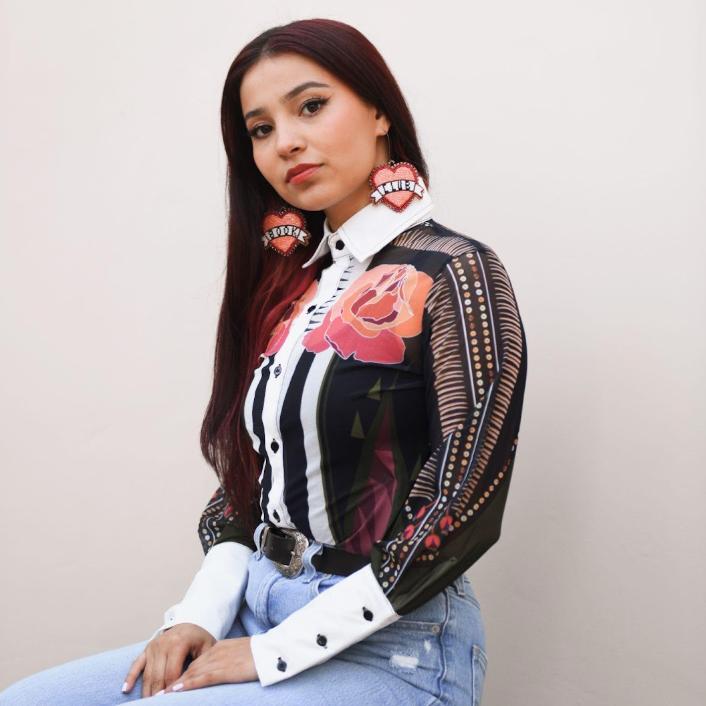There’s a common Navajo saying — attributed to the great chief Hastinn Ch’il Haajiin — that Kinsale Drake grew up hearing: “My grandchild, education is the ladder. Tell our people to take it.”
Education comes in several forms in Drake’s culture. There are stories passed down, ancestral knowledge, Indigenous medicine, Indigenous science. But the most collectively celebrated form of education has involved making it to the Ivies. Getting to an elite school has been part of the American Dream of every racial minority in America; those gilded halls and sprawling old campuses have symbolized both social success and freedom.
What happens to students of color, though, when these halls are innately anti-Native, anti-Black, anti-immigrant? Of the nine colonial colleges originally established, seven of the eight Ivy League schools emerged. These institutions were built on the backs of enslaved people, and have historically oppressed Native Americans, the original inhabitants of this land. Many of these schools have recognized and repented for their past “indiscretions,” but their curricula appear to be stuck in an earlier era, devoid of POC authors and perspectives.
“The English major, in particular, can be really hard for students who are not white,” Drake says, noting that you have to actively seek out work from authors of color and somehow jam them into your syllabus alongside a copious amount of “19th- and 20th-century white people literature.”
Even if we’re blessed with the most socially and racially aware professors, sometimes merely existing in a room where you are the only one who looks like you can take a serious toll on your mental health and sense of belonging.
Drake is a fresh Yale graduate and founder of the NDN Girls Book Club, which emerged from an idea she had as a teen. She was drawn to Yale for its Indigenous Performing Arts Program, but she felt lost outside this particular campus community, as the only Native student in the English department at the time.
Native students face unique difficulties in higher education. While we recognize college as a tool to help elevate the socioeconomic situation of our people, elite institutions can be cold and isolating. We are often either totally outsiders, or tokens who are assumed to be Indigenous encyclopedias.
During my own Ivy League education, a professor once turned to me and asked: “Now, who is that famous chief? Oh, Chyana, you must know.”
As my face grew hot, I reluctantly replied, “Crazy Horse?” I knew this must be the answer she was seeking, even though Tasunke Witko was not a chief, but the son of a medicine man and a great warrior of the Lakota people. It was an odd moment, and a classic example of how NDN students are sometimes expected to answer for all Indigenous peoples and groups when we are not a monolith.
Drake’s experiences were similar to mine. She was often the only Native student in the classroom — but she describes always feeling grateful to be there. “Education was really important for my family, because my parents were both first-gen and low-income,” she says. The Navajo mantra about using education as a ladder stayed at the front of her mind.
For Drake, a formal education was a means to empower Indigenous women writers. But there was a big void; she needed an equally powerful way to foster Native artist slay — and that meant gathering her creative community.
NDN Girls Book Club is a series of collaborations with Native writers and female artists to encourage creativity. They host free community workshops and author talks, and offer editing services, book trading and zine-making. There’s also a cool, comprehensive and ever-expanding “map” that introduces poets from different regions.
On a foundational level, it’s a space for Native people in the arts to thrive, free of the white gaze, outside expectations, harmful biases and microaggressions. Ultimately, Drake hopes to grow the club into another valuable tool of education for her people.
When I attended an NDN Girls Book Club event at Palabras Bookstore in Phoenix, I waded into a sea of beautiful brown bodies adorned in varying shades of pink, Sanrio characters, glitter eyeshadow, glistening beaded earrings, metallic pink ribbon skirts, kokum scarves and Converses. There were books by progressive, vibrant Native authors stacked high on tables, ready to be signed. Among the writers present were Darcie Little Badger, Taté Walker, Tanaya Winder, Amber McCrary and Drake herself.
I spoke to a patron named Braudie, who told me about how she’d longed for this kind of programming when she was a child. She said she was incredibly thankful that her own daughter, lingering nearby, could enjoy it.
Pte San Win, an Oglala Lakota poet who read at Palabras, described how being surrounded by dynamic Native women at these events feels revolutionary. “Now that [Drake] has this book club going, I’ve expanded my literature, and told my family about it,” they said.
Both the camaraderie and the education have been nurturing in ways I hadn’t even expected. When I went on stage for the open mic portion of the event, it was my first time reading an excerpt from my memoir in front of an entirely Native audience. The support, the snaps, claps, the nods of heads in the crowd, and all other affirmation felt invigorating. Here, my story didn’t shock people. I wasn’t fetishized or othered. Instead, my lived experiences rose off the page into a world where I belong — where we finally belong.

